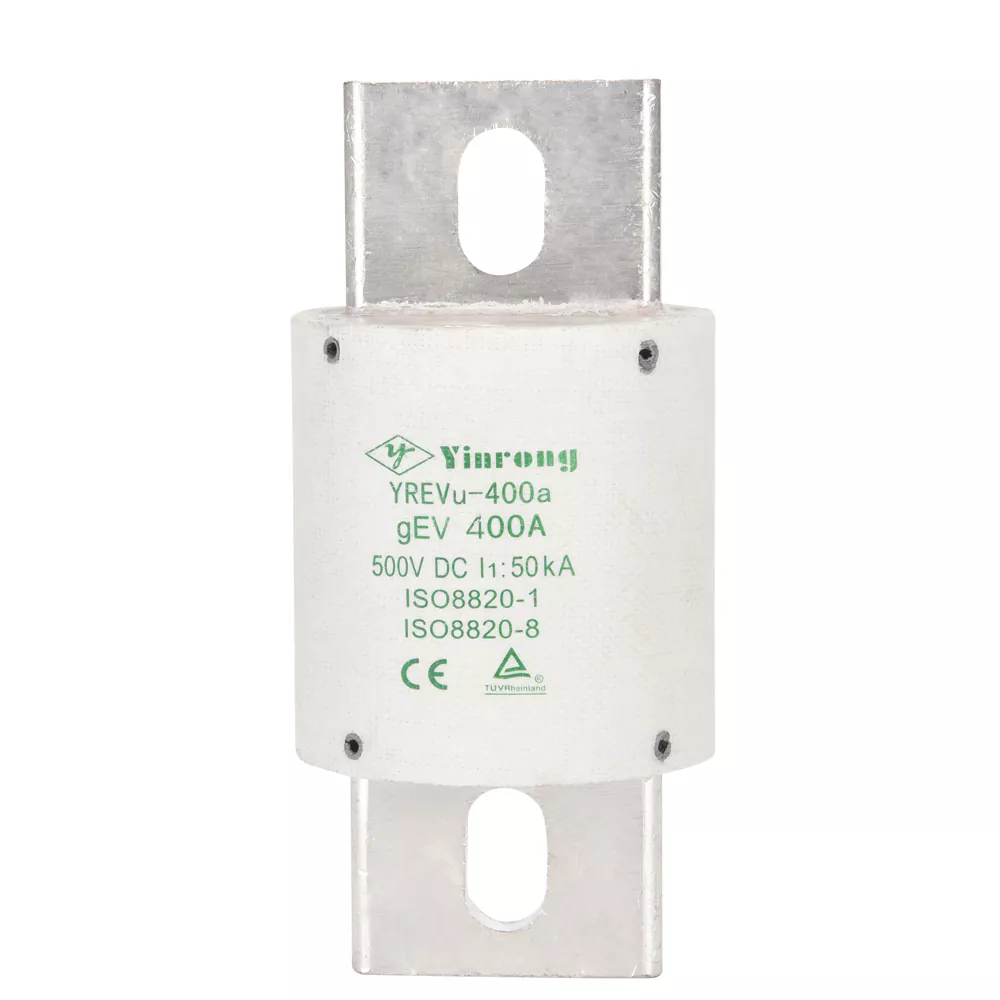Types of Fuses in EVs and HEVs
2024-07-13
Fuses play a critical role in electric vehicles (EVs) and hybrid electric vehicles (HEVs) by protecting electrical circuits from overcurrent and short circuits. Here's an overview of the types and functions of fuses used in these vehicles:
Types of Fuses in EVs and HEVs:
1. High-Voltage Fuses:
- Description: Designed to protect high-voltage circuits, typically found in the battery pack and power electronics.
- Voltage Rating: Commonly rated for voltages ranging from 300V to 1000V or more.
- Current Rating: Can handle high current levels, often in the range of 10A to 500A or higher.
2. Low-Voltage Fuses:
- Description: Used in traditional 12V or 24V circuits, similar to those in conventional vehicles.
- Voltage Rating: Typically rated for lower voltages (up to 32V).
- Current Rating: Ranges from a few milliamps to several amps.
3. Blade Fuses:
- Description: Commonly used in low-voltage circuits for accessories and control systems.
- Form Factor: Standard automotive blade fuse design (e.g., ATC, ATM, ATO types).
4. Bolt-Down Fuses:
- Description: Used for high-current applications, bolted directly to the circuit.
- Form Factor: Heavy-duty design to withstand high currents and ensure a secure connection.
Functions of Fuses in EVs and HEVs:
1. Overcurrent Protection:
- Prevents damage to electrical components by breaking the circuit if current exceeds safe levels.
- Protects wiring and connectors from overheating and potential fire hazards.
2. Short Circuit Protection:
- Interrupts the circuit when a short circuit occurs, preventing excessive current flow that could cause damage.
3. Battery Protection:
- High-voltage fuses protect the battery pack and related components from overcurrent conditions.
- Ensures safe operation by isolating faulty sections of the battery or power system.
Key Considerations for EV and HEV Fuses:
1. Voltage and Current Ratings:
- Fuses must be rated appropriately for the voltage and current they are designed to protect.
- Using a fuse with incorrect ratings can result in inadequate protection or unnecessary interruptions.
2. Breaking Capacity:
- The fuse’s ability to interrupt high current without damage.
- High-voltage fuses in EVs and HEVs must have a high breaking capacity to handle potential fault currents.
3. Thermal Management:
- High-current fuses can generate significant heat, requiring proper thermal management and cooling.
- Ensuring adequate ventilation or using heat-resistant materials can help maintain fuse performance.
4. Environmental Factors:
- Fuses must be able to withstand the harsh conditions of automotive environments, including temperature extremes, vibration, and moisture.
- Selecting fuses with robust construction and appropriate environmental ratings is essential.
Maintenance and Replacement:
1. Regular Inspection:
- Periodic inspection of fuses and related components to ensure they are in good condition.
- Look for signs of overheating, corrosion, or physical damage.
2. Proper Replacement:
- Replace fuses with ones that have the same ratings and specifications as the original.
- Using incorrect fuses can compromise the safety and reliability of the vehicle.
3. Circuit Testing:
- After replacing a fuse, test the circuit to ensure it is functioning correctly and that the replacement fuse is providing adequate protection.
Conclusion:
Fuses in EVs and HEVs are crucial for protecting both high-voltage and low-voltage electrical circuits. Proper selection, maintenance, and replacement of these fuses ensure the safety and efficiency of the vehicle's electrical systems.



